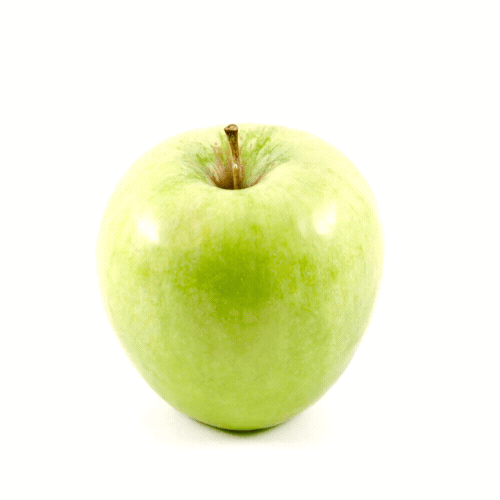
For this interactive edition of Communicating Development, we are exploring fresh and innovative ways for you to communicate old, but important, messages such as the Sustainable Development Goals (SDGs). Hopefully, this renews your enthusiasm for the goals!
Our team has crafted an interactive experience around SDG 2: Zero Hunger. We begin with an emotive video, followed by engaging infographics and a research article to convey complex patterns in global food production, movement and consumption.


Source: Food and Agriculture Organization of the United Nations, FAOSTAT Statistical Database (calories and expenditure)
On the surface, nothing would seem less ‘artificial’ than farming and food production. After all, humanity has been doing agriculture for about 12,000 years.
But in today’s world, where food security is straining under climate change, population growth and crises, including mass displacement from wars and natural hazards, it’s clear that the production of food can’t be ‘business as usual’. It’s been nine years since the UN declared its goal of achieving Zero Hunger by 2030, and yet 1 in 10 people are still facing hunger around the world. The World Food Programme has identified a further 309 million people suffering from acute hunger.
Thankfully, AI is revolutionising our relationship with food. The projects profiled below show us that, by harnessing this technology, ending hunger could become more than just a goal.
Robots on farms are nothing new. But this state-of-the-art equipment is confined to large or commercial farms. Poorer smallholder farmers, who produce a third of the world’s food and occupy much of the farmland, especially in the Global South, are often priced out of these technologies. But a new AI-powered agricultural robot could offer smaller farms an affordable solution.
A team at The University of Sydney has developed Digital Farmhand, an autonomous vehicle which looks, aptly, like a small tractor. These vehicles can help farmers perform labour-intensive activities such as sowing seeds and weeding. An accompanying open-source smartphone app can also provide information on crop yields, pests and diseases, and everything the farmers need to know to maximise their food production.
Designed to be used in the Asia-Pacific, these vehicles will be made of materials such as scooter parts, which can be quickly obtained in the region, making repair and maintenance much simpler than they are for other current AI farm robots. As one of the world’s most populous regions, the Asia-Pacific will need to increase its food production by an estimate of 77% by 2050 to keep its growing number of residents fed.
With high demand and affordable tech, intelligent robots working the fields might become a familiar sight for smallholder farmers.
Rather than waiting for food insecurity to become an urgent reality, what if we could predict when and where it could next strike, and ensure it never does?
Researchers at Georgia Tech are tackling food insecurity in sub-Saharan Africa, where nearly 150 million people lack adequate nutrition. The tool they’re developing uses AI to interpret large amounts of data on the Democratic Republic of the Congo, Somalia, South Sudan and Sudan, to make an accurate prediction of food insecurity. In particular, it analyses various consequences of climate change and conflict – major drivers of hunger across Africa.
Food insecurity can also be the result of a cataclysmic event such as widespread flooding. The INGO Action Against Hunger is developing an AI-based flood forecast model for Bangladesh. The country has one of the lowest elevations in the world, making it especially vulnerable to floods. Early warnings can help authorities plan for community evacuations and ensure enough food for everyone.
Ending hunger doesn’t necessarily mean producing more food – it could just mean making sure we don’t waste as much food as we do now. And it’s not just hunger that could be reduced. Food waste emits an estimated 3.3 gigatons of carbon emissions, equalling India’s output, the third-largest producer of greenhouse gases. The knock-on impact on our environment-related targets, like SDG 13 – Climate Action, is clear. There is a whole range of ways in which AI can contribute to reducing waste.
Researchers at the University of Leeds are trialling an AI that can work out what new products can be made from food by products, like fruit peel, that would otherwise be wasted. These otherwise unused by-products of food production can be fermented into new protein-rich edible products. The AI can also analyse the potential nutritional value of the ‘waste’ to put it to its best use. Other kinds of products, from hair dyes to skincare creams, can also be made.
While the causes of food insecurity are multiplying, so are the technologies that can tackle them. Fighting hunger – one of the biggest issues of our time – is going to take a variety of approaches to be successful. And AI might finally be one that works.
As communications professionals working in the development sector, we believe the quality of communications campaigns should match the urgency of the issues at hand.
In this edition of Communicating Development, we’ve reimagined SDG 2 in an interactive format to showcase ways of reinvigorating ‘old’ messages and engaging increasingly distracted audiences.
Our goal is to inspire fellow communicators to experiment with new creative formats to deliver impact.
What would your transformative approach be?
Share your innovative campaigns with us!

Network Hub, 300 Kensal Road, London, W10 5BE, UK
We deliver comprehensive communications strategies that deliver on your organisation’s objectives. Sign up to our newsletter to see the highlights once a quarter.